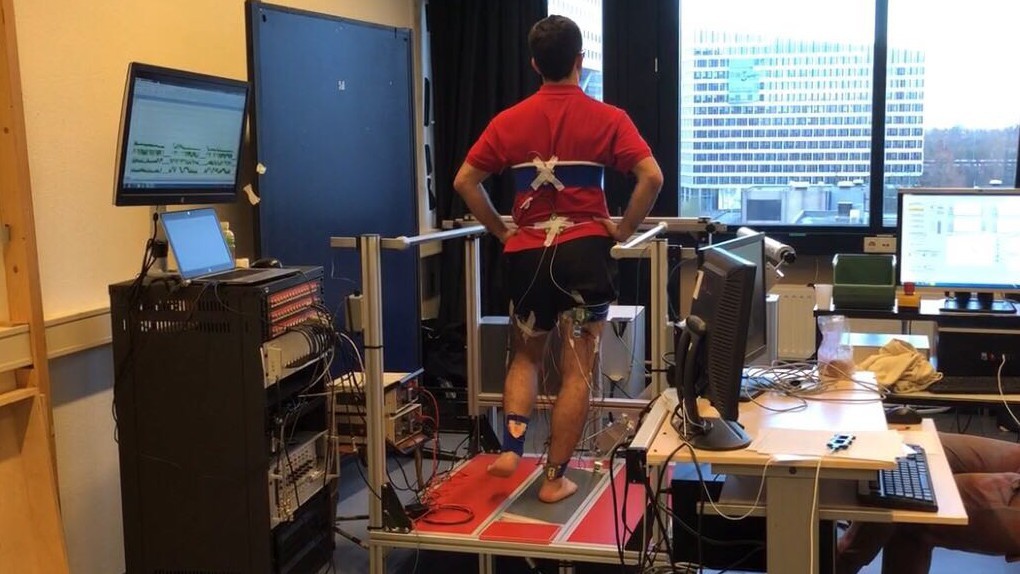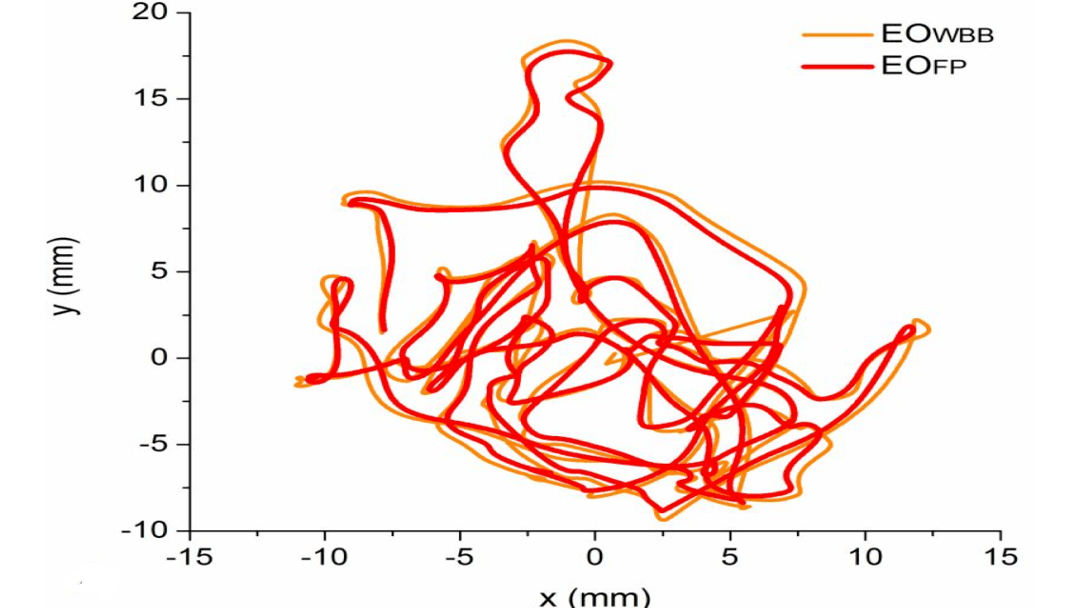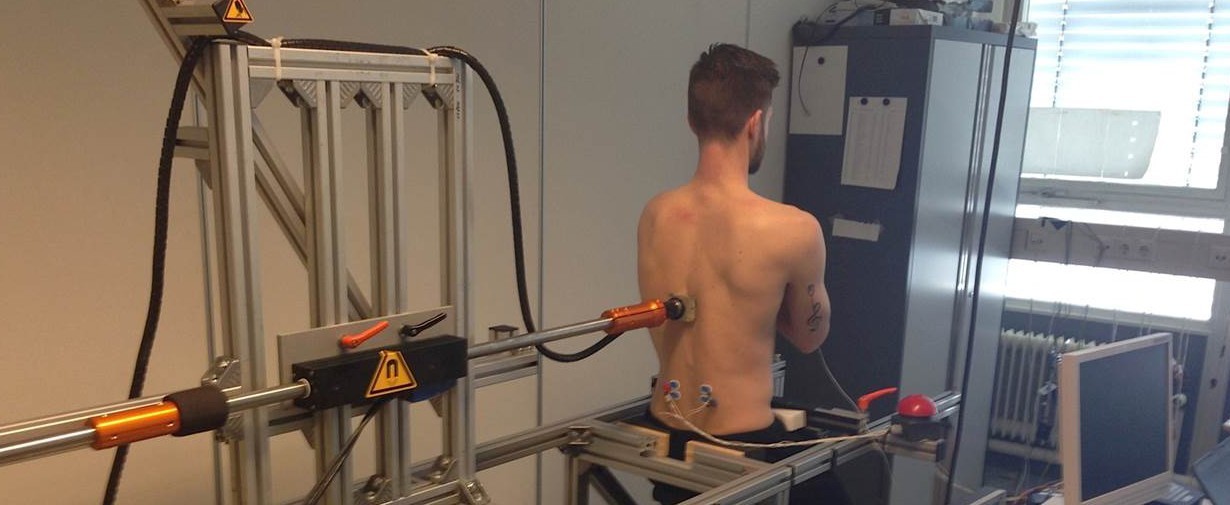Identification of trunk postural control mechanisms
Trunk postural control is considered to play an important role in relation to low back pain and poor control has been interpreted as a cause of onset and recurrence of LBP. Moreover, impaired trunk control limits performance of daily tasks in patients with movement disorders. In this project, we have developed methods to identify trunk muscle control based on mechanical perturbations of the trunk and measurements of resulting kinematics and muscle activity and a neurophysiological model of trunk control to support interpretation of our findings. We aim to obtain a better understanding of how trunk posture is maintained in healthy subjects and how this control is impaired in patient groups. This project contributes to development of diagnostic tools and of interventions to improve trunk control.
Project Parameters
Launch Date: 2011
Funding: STW
Related Research Themes & Projects

Learning to balance
In this project, we will study short- and long-term training in young and older adults, to determine the psychological (fear of falling), neurophysiological (reflex gains, muscle synergies) and biomechanical (motor strategies) correlates of improved balance performance

Balance testing
In this project we aim to develop outcome measures of static single leg balance tests and dynamic single leg landing tasks to evaluate sensorimotor control, more specifically the ability of an individual to stabilize posture, suitable for large-scale assessment of performance and injury risk in athletes, and for evaluation of recovery after injury
